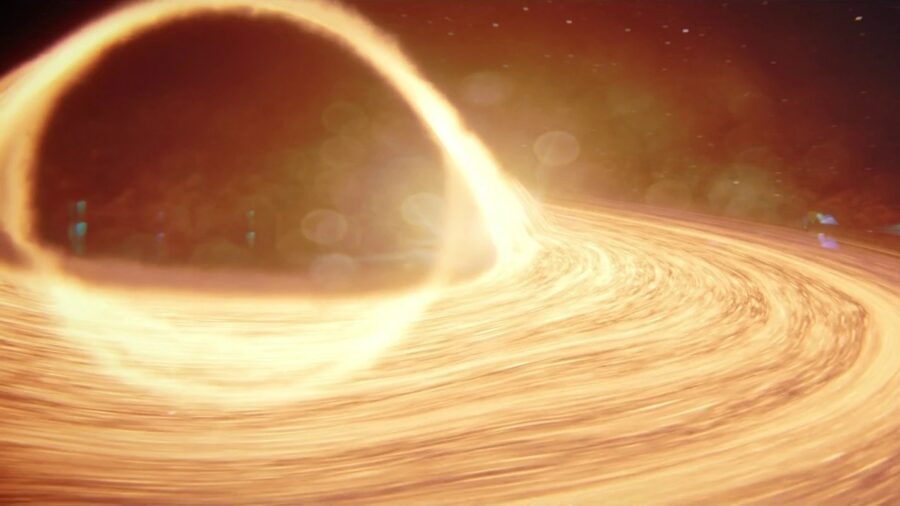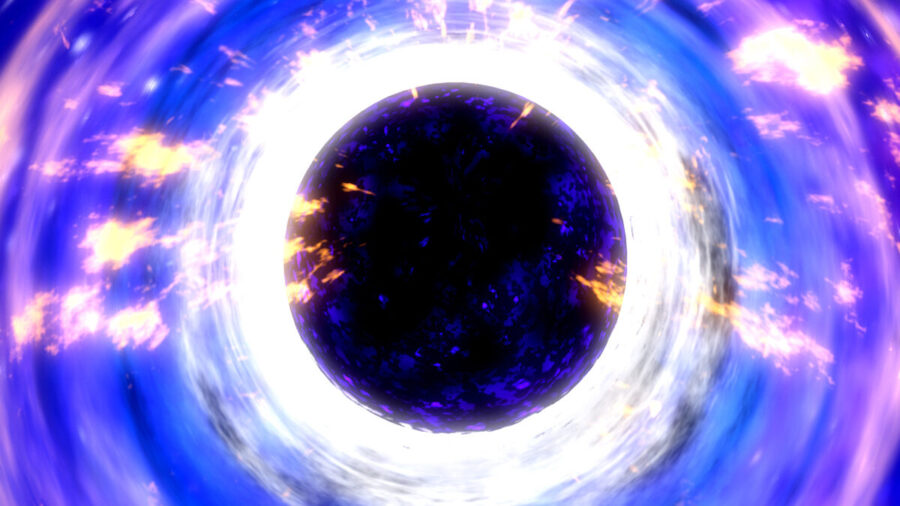Black Hole Missing Link Found In Our Galaxy
An intermediate-sized black hole shows researchers how the strange obejcts grow and develop.

Science Alert reported that astronomer Eduardo Vitral of the Space Telescope Science Institute and his team of researchers using the Hubble and Gaia telescopes may have detected a black hole roughly 800 times the mass of our sun in the globular cluster Messier 4. Further research and observation are needed to confirm this, but if they are able to confirm the data, it could help us solve a mystery around these mysterious space phenomena. While we have found plenty of smaller black holes and supermassive ones, intermediate-sized ones are much rarer.
In other words, if this is an intermediate black hole that we can easily observe, it could help us answer a lot of questions. The lack of intermediate-sized holes makes it hard to ascertain how supermassive ones are formed. There are plenty of theories, but nothing conclusive.
We already know that smaller ones, referred to as stellar-mass black holes, are formed when the cores of massive stars collapse and merge. These stellar-mass holes are roughly the size of 100 times the mass of our sun. The supermassive holes, on the other hand, can be millions to billions of suns in mass and are often located at the center of galaxies.
But how do these supermassive black holes get so incredibly large? Is it a bunch of smaller holes merging over time, or do they suck up enough material to just continue growing? In either theory, it’s hard to get a conclusive answer when there are hardly any intermediate-sized holes for us to observe.

The discovery of a possible intermediate-sized black hole in the Messier 4 globular cluster would be significant for several reasons. For one, Messier 4 is the closest globular cluster to Earth. This would be much more convenient for observance, and perhaps a look with a more powerful telescope like the James Webb Space Telescope could provide us with even more interesting information. Of course, further observation will likely be the next step of this particular research project.
In the meantime, how confident is the team that this could be an intermediate black hole? As for now, it actually seems like the most likely explanation. Other explanations fall short, although it is possible that it’s a cluster of smaller holes that is at the center of the cluster.
To understand why the researchers think there may be a medium-sized black hole (roughly 800 times the mass of the sun), let’s talk about globular clusters first. Essentially, these clusters of 100,000 to 1 million are formed simultaneously by the same gas cloud. These clusters have been studied and found to have a dense, high concentration of mass in their centers.
By observing the movements and orbits of stars in the cluster, the researchers were able to theorize that the object at the center would have a density and mass consistent with that of an intermediate black hole. While the theory of a smaller cluster of holes is possible, their models suggest that this would cause stars to fly out of the cluster. For now, we’ll have to wait and see if their research reveals anything further and if they can find out for sure what is at the center of Messier 4.












